From a technical point of view, we can also divide them into 3 groups according to their wing systems.
Fixed-wing drones and flying wings designed to cover long distances at high altitude and speed. They have greater flight autonomy than their neighbours and are preferable for work requiring video capture. Photos, however, are not optimal. Each pixel represents a large m² surface area, and the high flight altitude of less than 150m has an impact on resolution. Prohibited in urban areas.
Rotating-wing, multi-copter or multi-rotordrones with control and increased manoeuvrability of the aircraft for hovering. They are ideal for low-altitude work requiring photography or vertical capture, such as the façades of buildings.
Hybrid drones combine the two techniques. They take off and land vertically in the same way as a multicopter, switching to aircraft mode for periods of flight. Few drones currently exist in this format, but that could change over the next few years.
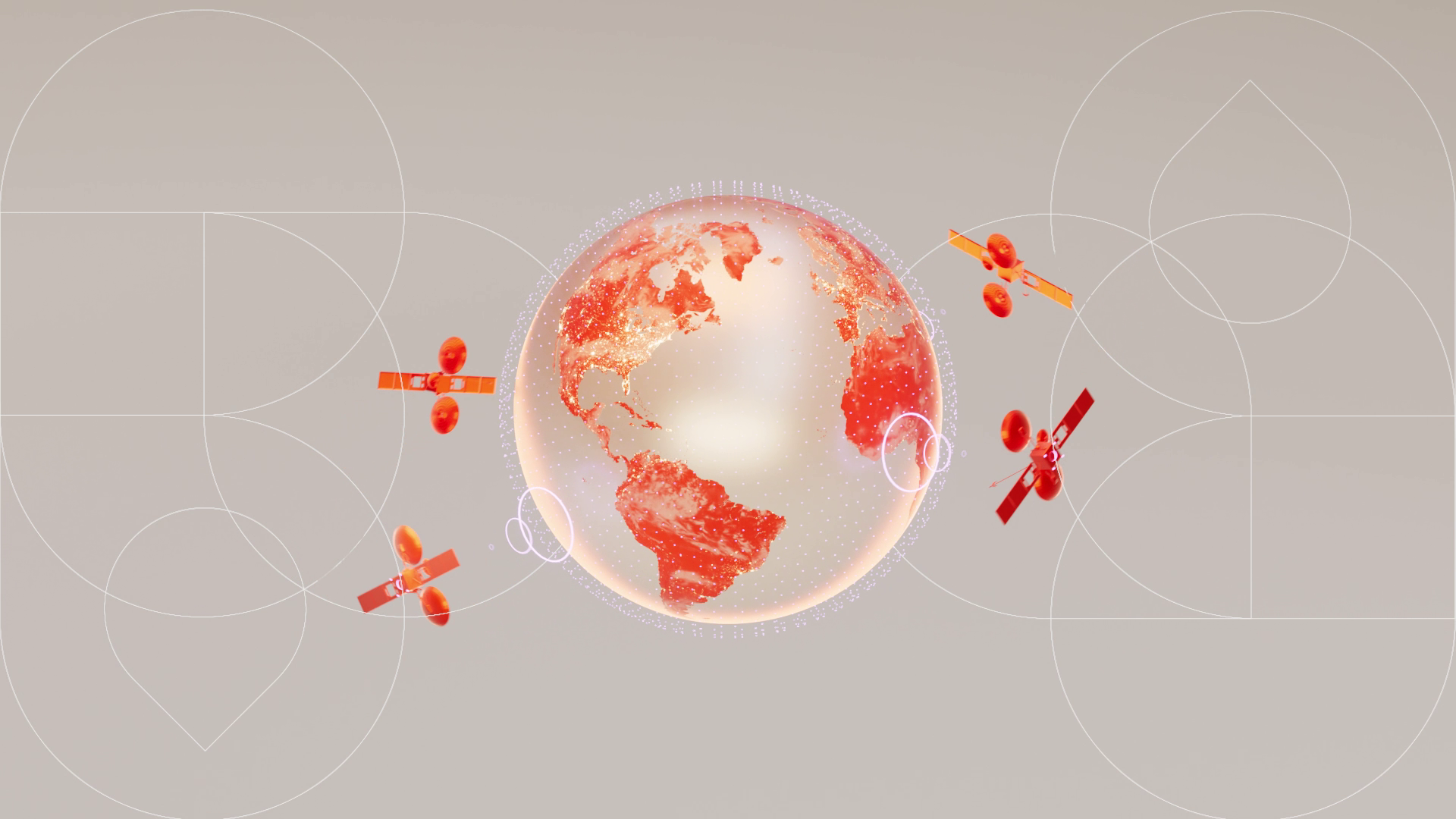
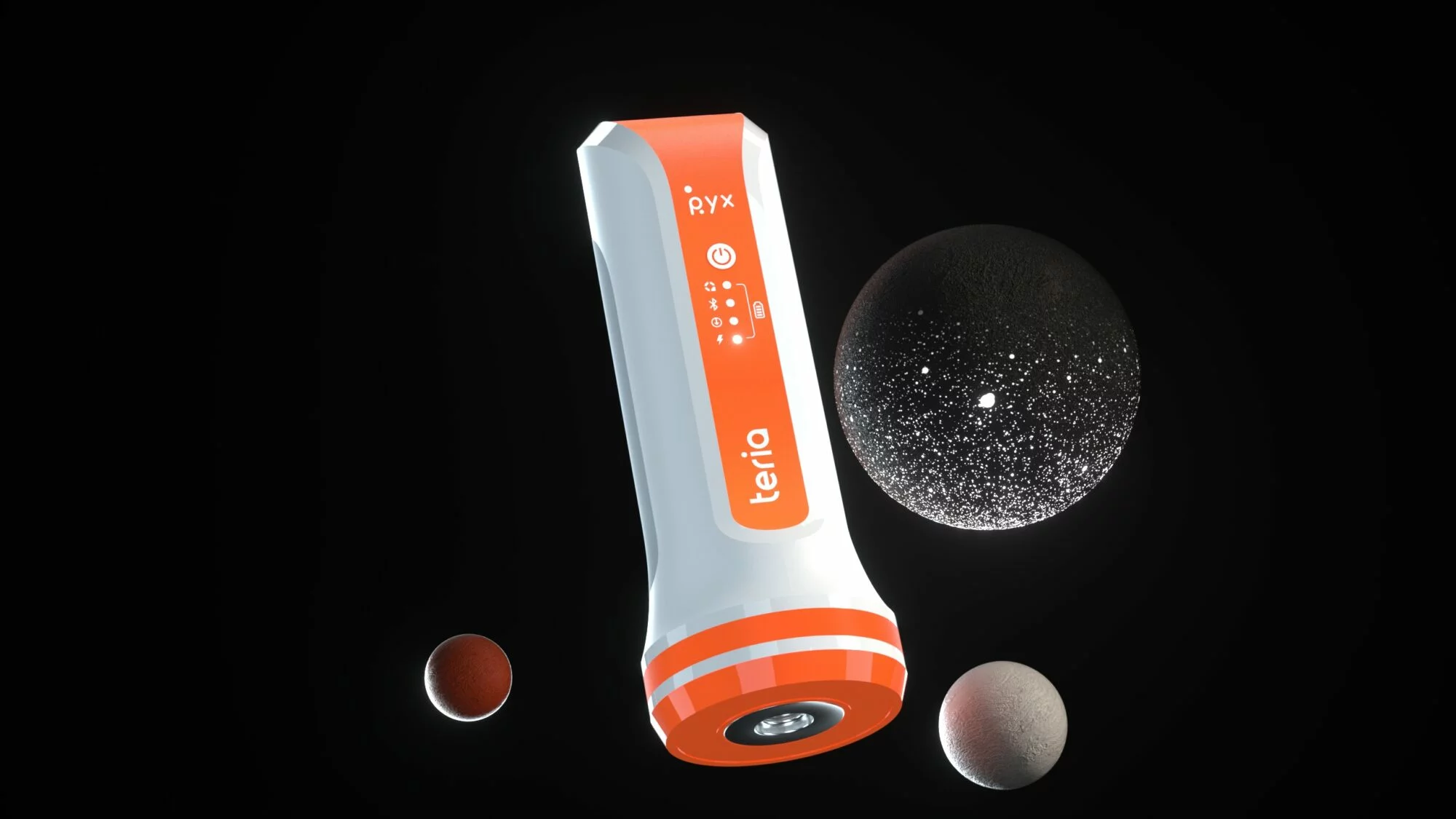

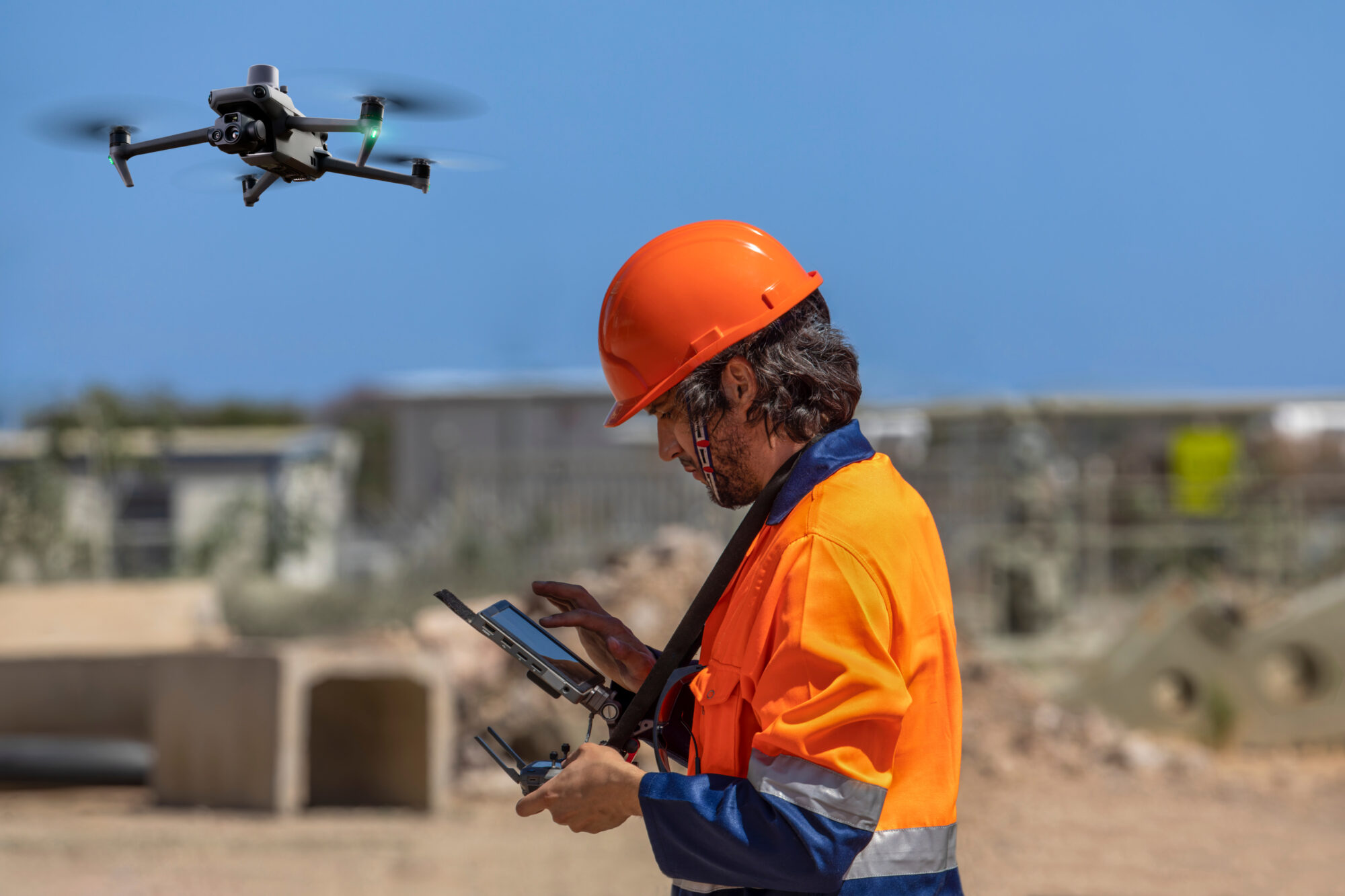
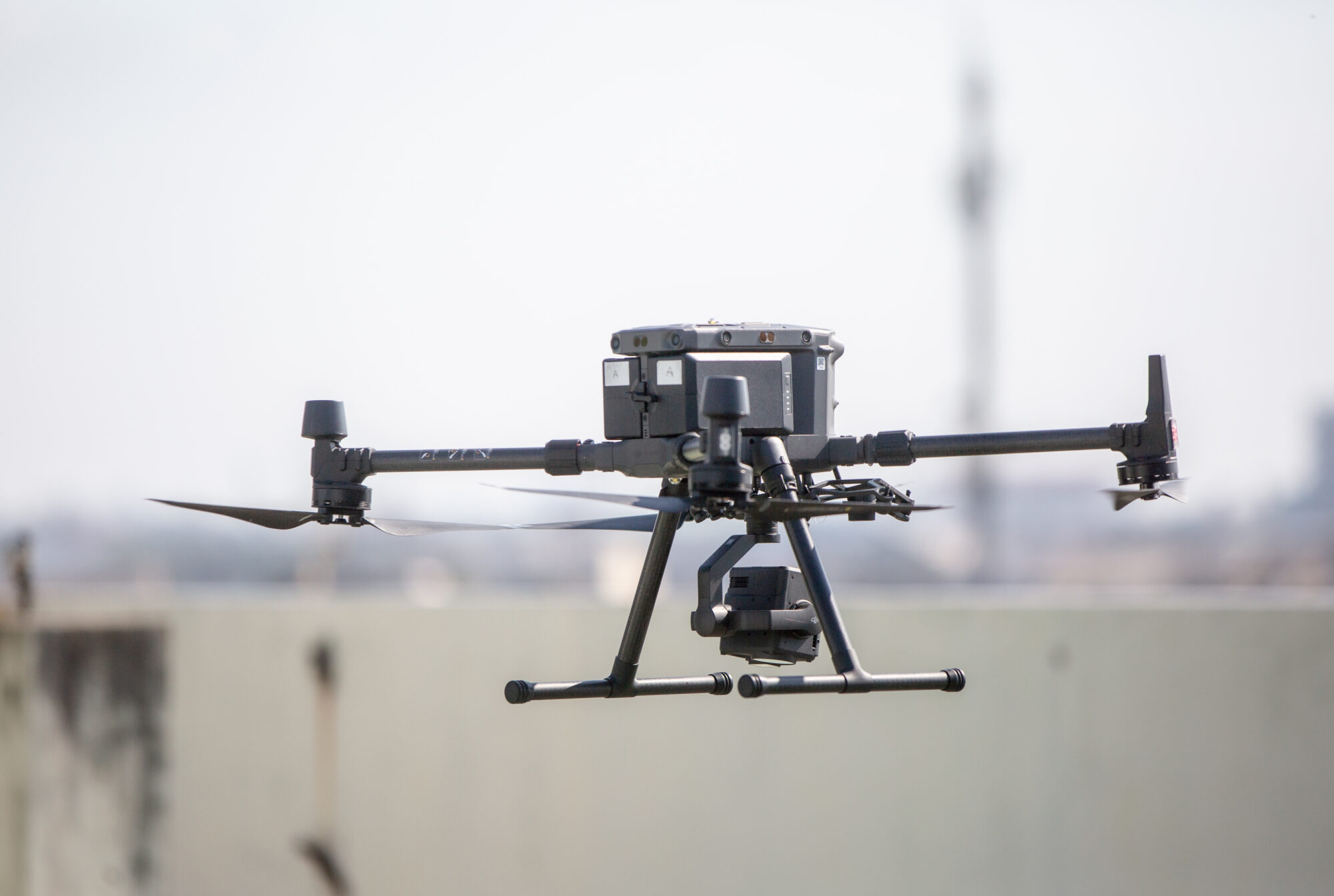




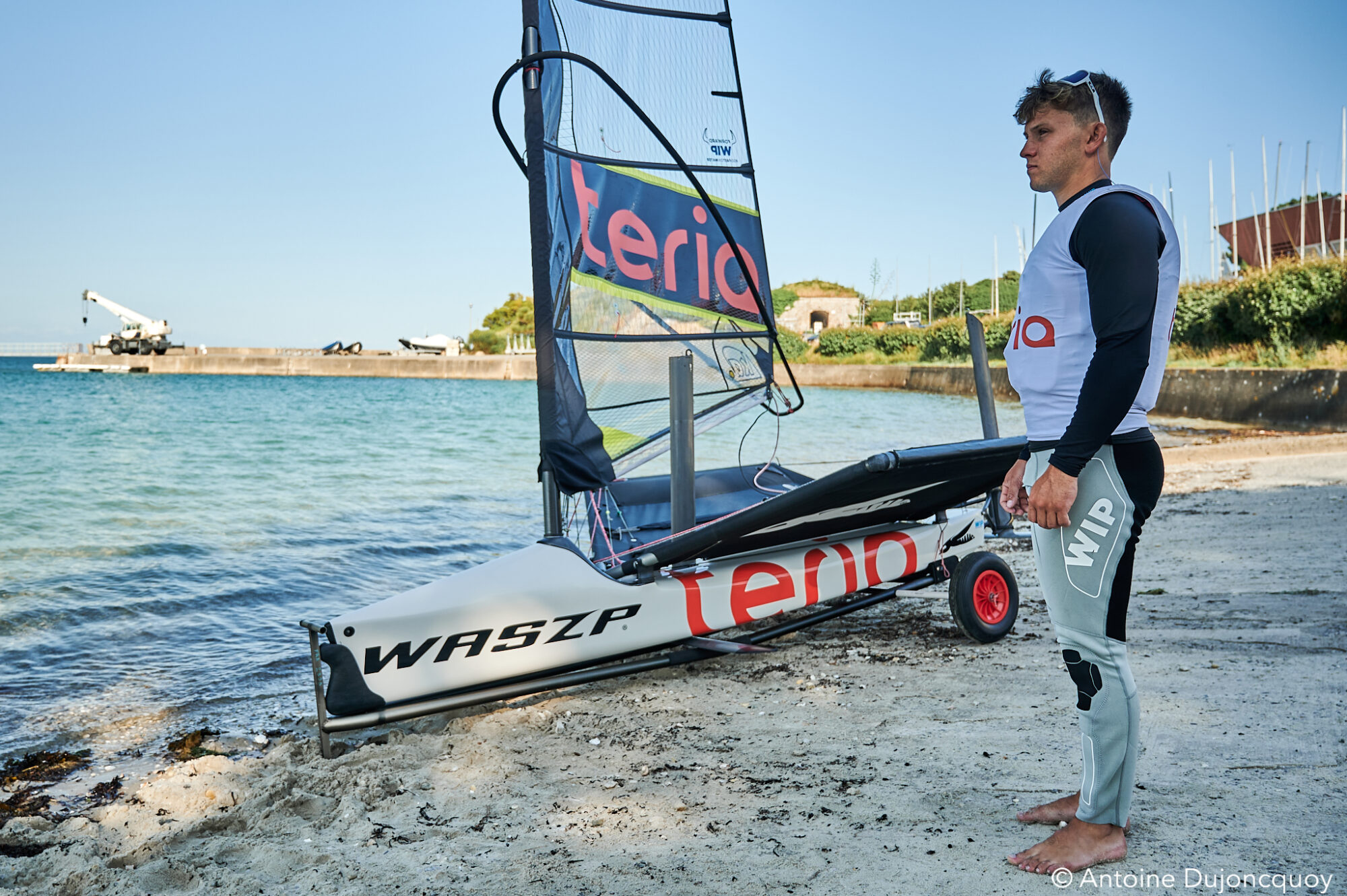
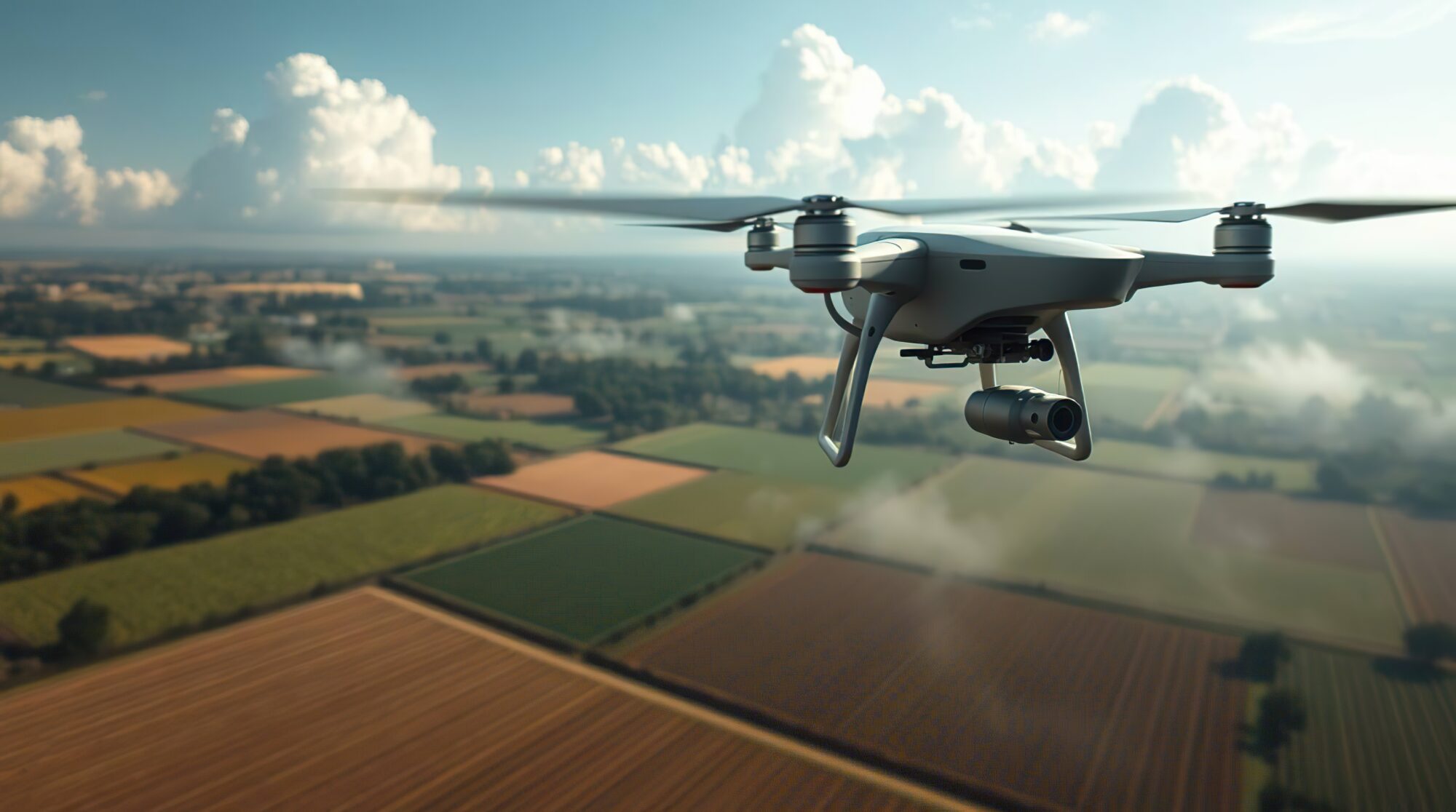


Did you enjoy this article?
Feel free to share it.